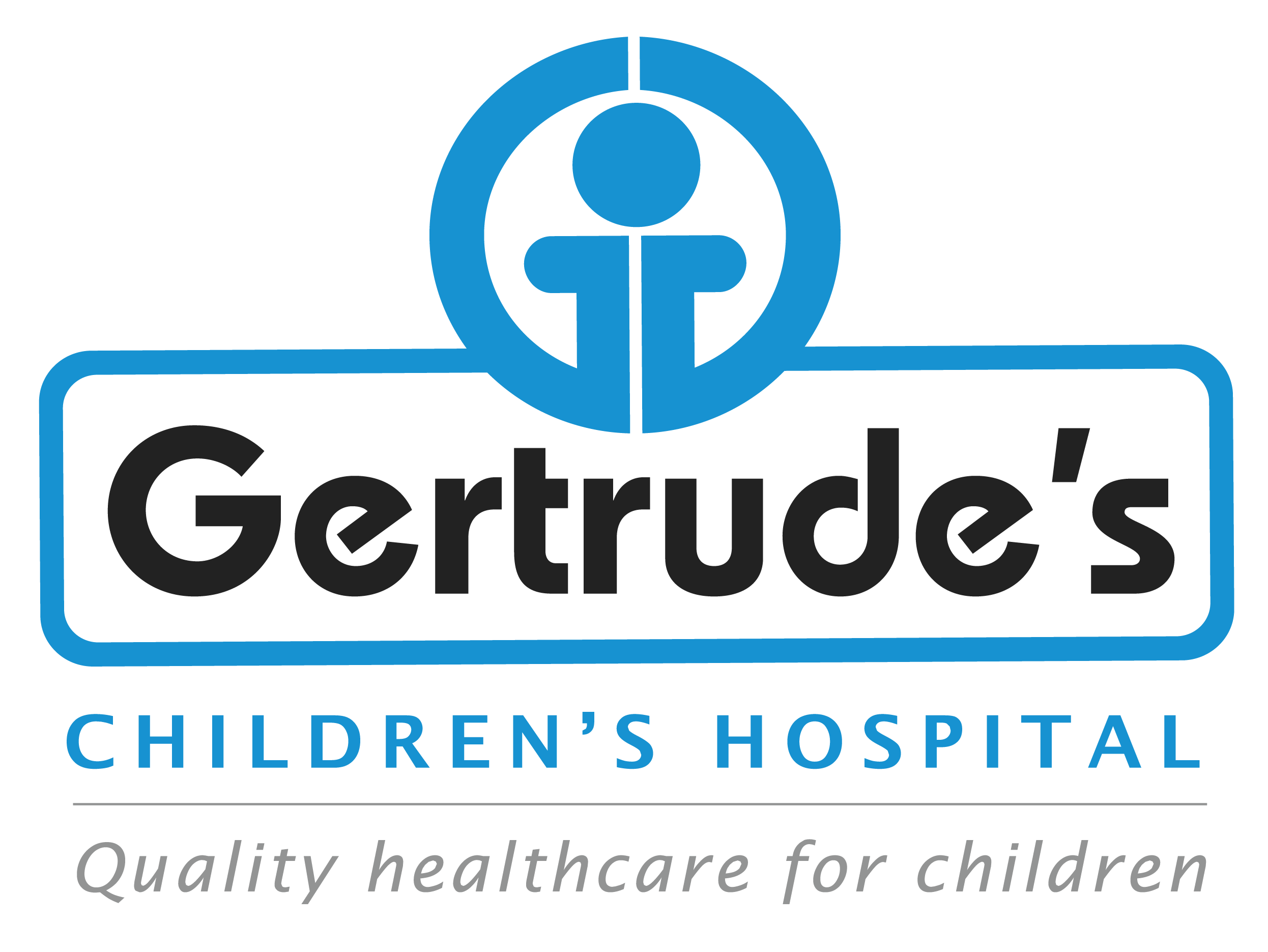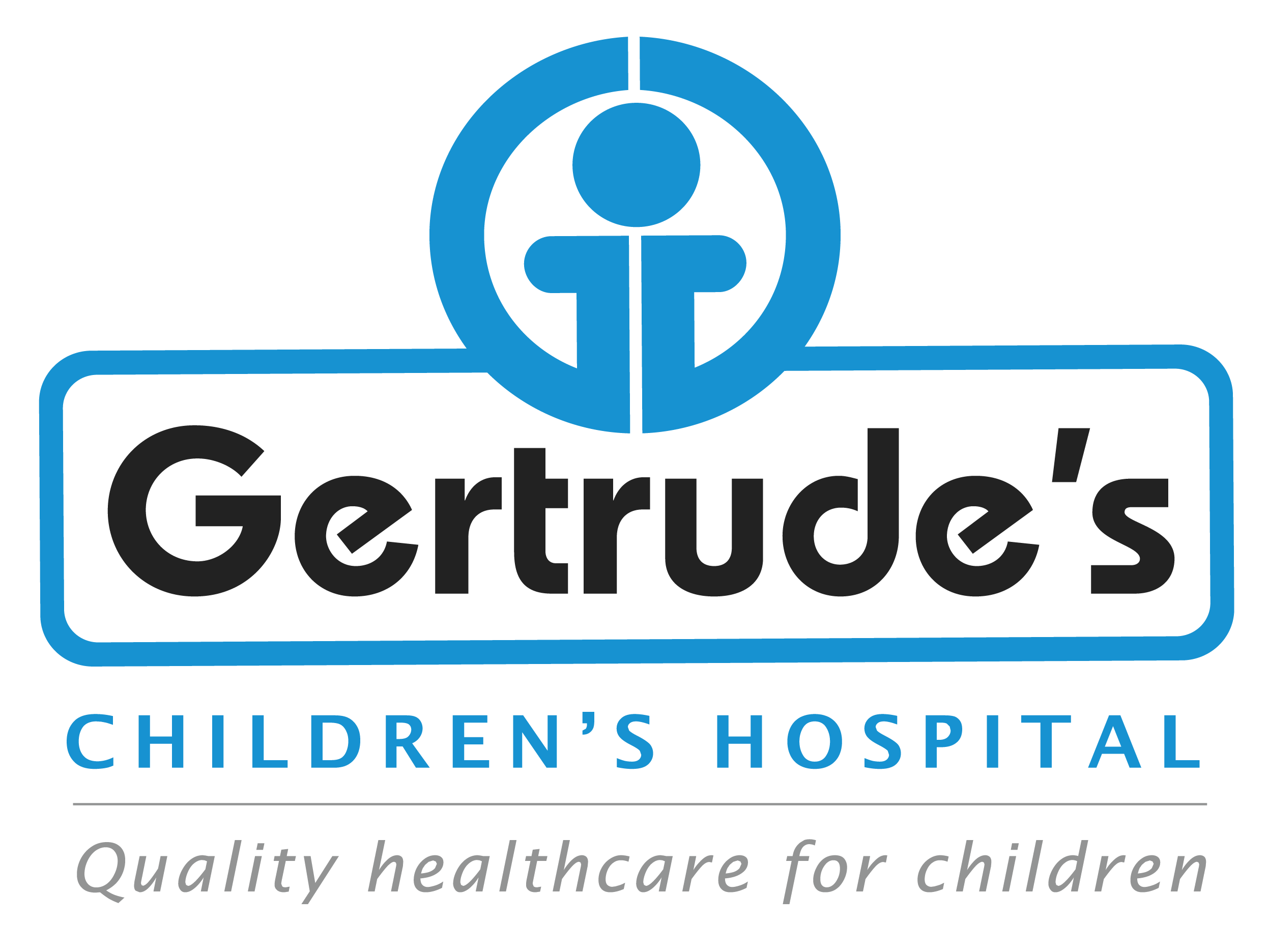Cleft lip and cleft palate are birth conditions where a baby’s upper lip or the roof of their mouth (palate) doesn’t fully form during pregnancy, resulting in an opening or split. A cleft lip can range from a small notch to a wide gap that extends into the nose, while a cleft palate involves an opening in the roof of the mouth. These conditions can affect feeding, speech, hearing, and dental development but are treatable with proper care.
Symptoms
Signs of cleft lip and palate are visible at birth and may include:
• A split or gap in the upper lip, which may be on one side, both sides, or in the middle
• An opening in the roof of the mouth that may involve the front, back, or both areas
• Difficulty feeding, as milk or food may escape through the nose
• Speech difficulties as the child grows
• Frequent ear infections or hearing problems
• Dental issues, such as missing or misaligned teeth
• A split or gap in the upper lip, which may be on one side, both sides, or in the middle
• An opening in the roof of the mouth that may involve the front, back, or both areas
• Difficulty feeding, as milk or food may escape through the nose
• Speech difficulties as the child grows
• Frequent ear infections or hearing problems
• Dental issues, such as missing or misaligned teeth
Causes
The exact cause isn’t always known, but several factors can contribute to cleft lip and palate, including:
• Genetics: Family history of cleft conditions increases the risk.
• Environmental factors: Exposure to certain substances during pregnancy, like tobacco, alcohol, or medications, may influence development.
• Nutritional deficiencies: A lack of folic acid during pregnancy can raise the likelihood of clefts.
• Medical conditions: Conditions like diabetes or obesity in the mother may also play a role.
• Genetics: Family history of cleft conditions increases the risk.
• Environmental factors: Exposure to certain substances during pregnancy, like tobacco, alcohol, or medications, may influence development.
• Nutritional deficiencies: A lack of folic acid during pregnancy can raise the likelihood of clefts.
• Medical conditions: Conditions like diabetes or obesity in the mother may also play a role.
Diagnosis
Cleft lip and palate are often detected:
• Before birth: Prenatal ultrasounds may reveal clefts during routine scans.
• At birth: A physical examination by the healthcare team confirms the condition. Further assessments may include hearing tests, feeding evaluations, and imaging to understand the extent of the cleft and plan treatment.
• Before birth: Prenatal ultrasounds may reveal clefts during routine scans.
• At birth: A physical examination by the healthcare team confirms the condition. Further assessments may include hearing tests, feeding evaluations, and imaging to understand the extent of the cleft and plan treatment.
Treatment Options
Treatment for cleft lip and palate is tailored to each child and typically involves a multidisciplinary approach:
• Surgery:
• Cleft lip repair is usually performed within the first 3 to 6 months of life.
• Cleft palate repair typically occurs between 9 and 18 months to aid feeding and speech development.
• Speech therapy: Helps address speech difficulties caused by the cleft.
• Dental care: Orthodontic treatment and specialized dental care manage tooth alignment and oral health.
• Ear care: Regular monitoring and interventions to prevent hearing problems or manage ear infections.
• Nutritional support: Specialized feeding bottles or techniques ensure proper nutrition before and after surgery.
• Surgery:
• Cleft lip repair is usually performed within the first 3 to 6 months of life.
• Cleft palate repair typically occurs between 9 and 18 months to aid feeding and speech development.
• Speech therapy: Helps address speech difficulties caused by the cleft.
• Dental care: Orthodontic treatment and specialized dental care manage tooth alignment and oral health.
• Ear care: Regular monitoring and interventions to prevent hearing problems or manage ear infections.
• Nutritional support: Specialized feeding bottles or techniques ensure proper nutrition before and after surgery.
Frequently Asked Questions
Q: Can cleft lip and palate be prevented?
A: While not all cases can be prevented, ensuring good prenatal care, avoiding harmful substances, and taking folic acid supplements during pregnancy may reduce the risk.
Q: Will my child need more than one surgery?
A: Yes, cleft treatment often involves multiple surgeries as the child grows, especially for palate repair, speech improvement, or cosmetic adjustments.
Q: Can children with cleft lip and palate live normal lives?
A: Absolutely. With proper treatment and support, children with clefts can eat, speak, and live healthy, fulfilling lives.
Contact
Please feel free to contact us with any general or medical enquiry by calling us.





